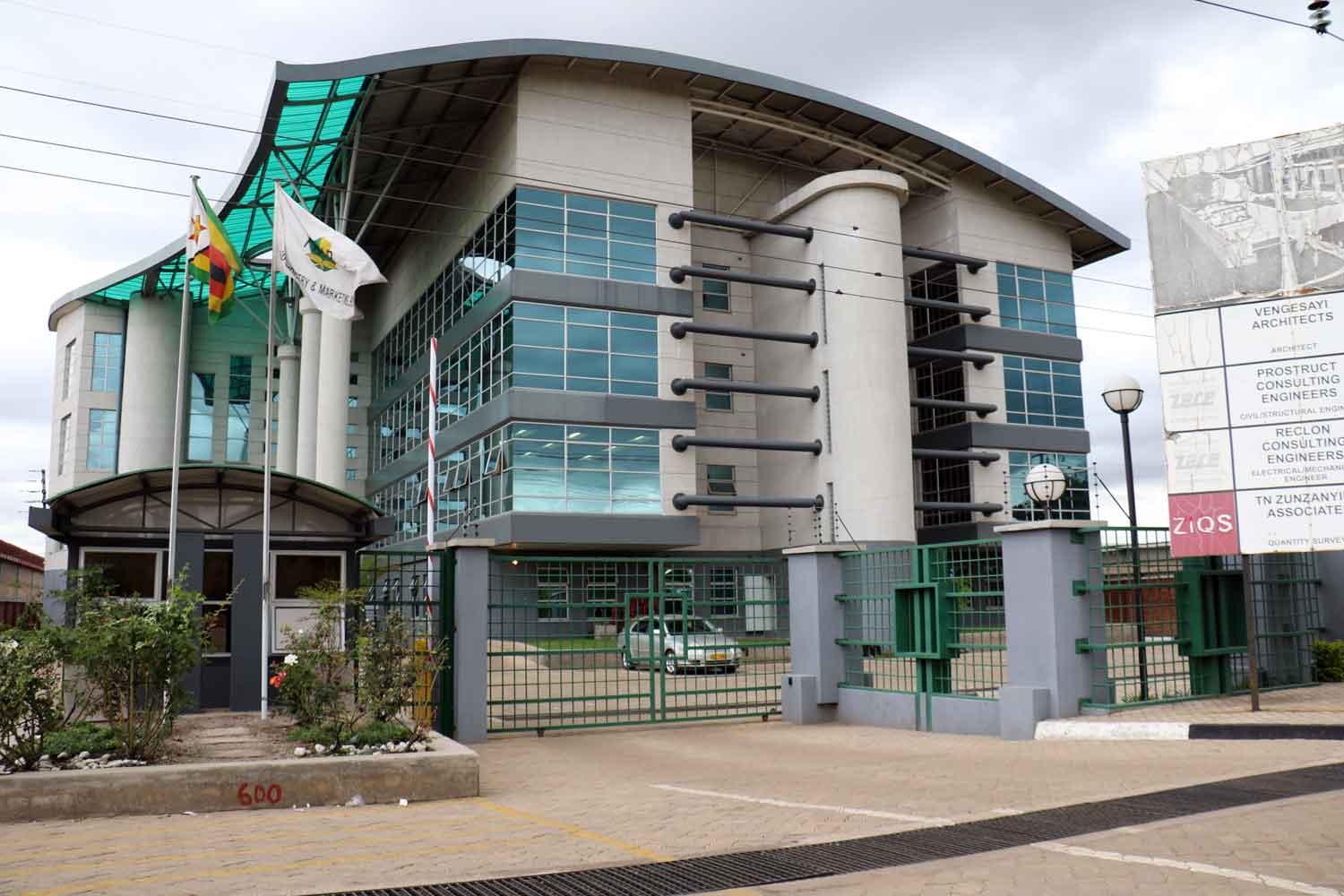To prevent farmers from losing marketable quantities owing to curing ban capacity constraints, the Tobacco business and Marketing Board (TIMB) has introduced a Natural Air Curing System (NACS), commonly known as “chigaffa,” to the local tobacco business.
Air-curing tobacco is accomplished by hanging the leaves in a well-ventilated barn for four to eight weeks, allowing them to dry. Because air-cured tobacco has a low sugar content, the smoke has a mild, smooth, semi-sweet flavor. These tobacco leaves are often rich in nicotine concentration.
Once the curing process is complete, the tobacco is bundled and moved to a storage facility for grading before being moved to a processing facility for further drying.
According to tobacco leaf experts, the product can be stored for years, allowing it to mature and improve flavour. TIMB said the NACS would reduce farmers’ post-harvest losses and improve farmer viability, profitability, and sustainability.
“All along, we have been producing flue-cured tobacco (sometimes)…ripen all at once and (the) existing curing facilities may not (be able to) accommodate all the ripe tobacco,” said TIMB. “Instead of letting it rot, a farmer can do Chigaffa (system).”
Tobacco is Zimbabwe’s second biggest foreign currency earner after gold and is grown by nearly 150 000 smallholder farmers who were resettled under the land reform program. The introduction of the naturally dried Virginia tobacco is in line with the Tobacco Value Chain Transformation Plan, which seeks to increase tobacco output to 300 million kg by 2025.
It also seeks to grow revenue from the industry to US$5 billion, increase local funding of the crop to 70 percent and raise the level of value addition to 30 percent.
“By producing natural Virginia tobacco, which is a more sustainable product, using more natural systems, we believe the local tobacco industry will generate a wider range of qualities for customers on the global market, creating demand and encouraging investment for the ultimate longevity of the Zimbabwean tobacco industry,” said TIMB.
“The objective of this initiative is to explore the potential for more sustainable tobacco production via the NACS methodologies which use less fuel or consume fewer natural resources.
With the global anti-smoking campaign remaining a huge threat to Zimbabwe’s tobacco industry, TIMB chairman Patrick Devenish has called for sustainable ways of growing and curing the crop to avoid losing an increasingly sensitive customer base.
“We emphasise that this year and in the years to come we should cure our golden leaf sustainably,” said Mr Devenish during the official launch of the 2023 tobacco marketing season. “Sustainability involves looking at the climate as well as profitability.
“Upgrade to efficient curing facilities that use less energy and desist from deforestation.
“If you still have wood-fired curing facilities, use wood from sustainable woodlots.
“For your future operations, plant trees. At least 0,3 hectares for every hectare of tobacco grown.
“There is a ready market for Zimbabwe flavoured tobacco, but the World Health Organisation FCTC is fighting us to ban tobacco. The global demand for tobacco is going down and if we ignore the Sustainable Tobacco Programme we will lose our international off-takers and this venture will become unprofitable,” Devenish added.
Farmers’ production costs will be decreased and profits will improve as a result of the new natural curing technique, eliminating farmer incentives to side market. Atlas Agri, a tobacco merchant, will collaborate with the TIMB to drive this new effort.
Source | Herald

For comments, Feedback and Opinions do get in touch with our editor on WhatsApp: +44 7949 297606.


